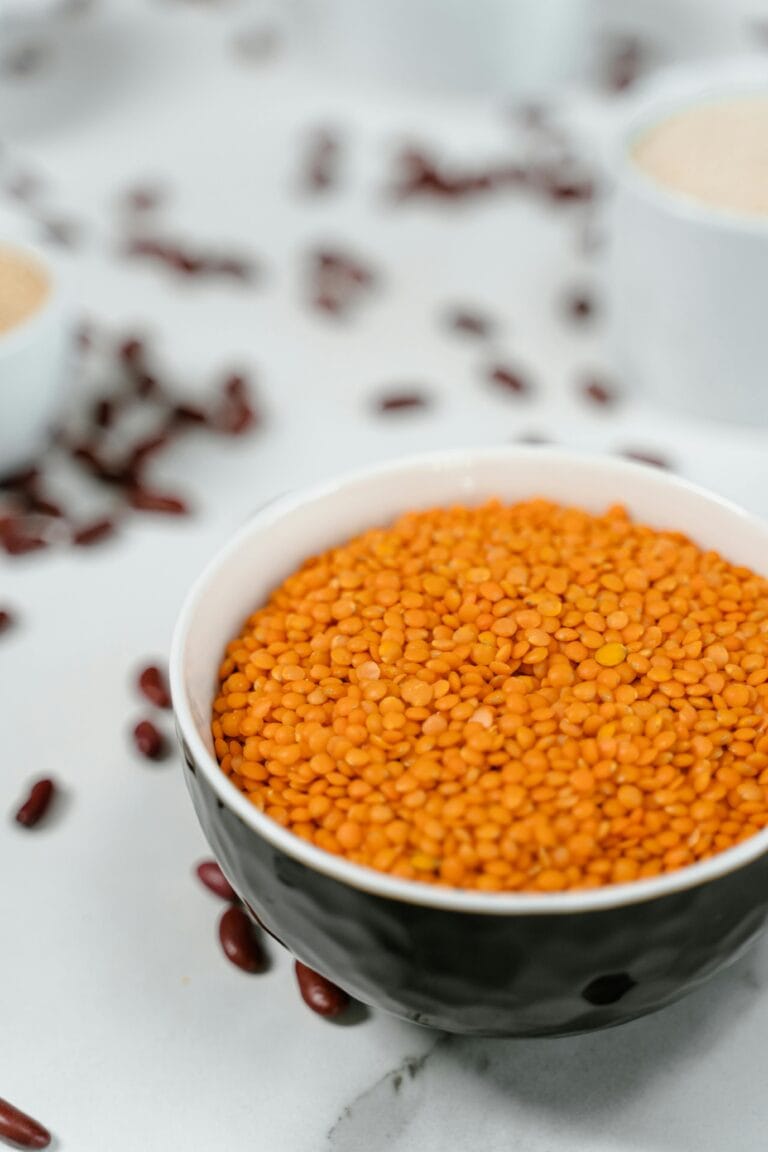Understanding Pepper: Types and Nutritional Value
Pepper, a universally appreciated spice, comes in various forms, each offering distinct flavors and culinary applications. The most common types are black, white, green, and red pepper, each derived from different stages of the same plant, Piper nigrum. Black pepper is harvested when the berries are nearly ripe and dried, resulting in its characteristic pungency. It is often described as the “king of spices” thanks to its versatility in both savory and sweet dishes. Conversely, white pepper is produced by removing the outer layer of the mature berries, yielding a milder flavor often preferred in creamy sauces and light-colored dishes.
Green pepper is harvested when the berries are unripe. It has a fresh, herbaceous taste and is frequently used in salads or as a garnish. Red pepper, meanwhile, refers to fully ripened berries, commonly found in the form of crushed red pepper flakes or in sauces, contributing a vibrant color and warmth to various cuisines. Each type not only enhances the taste of food but is also packed with vital nutrients.
Pepper is rich in essential vitamins and minerals such as vitamin C, vitamin K, and several B vitamins alongside significant amounts of manganese, iron, and magnesium. These nutrients play a pivotal role in promoting overall health. For instance, vitamin C is known for its antioxidant properties, which help combat oxidative stress and strengthen the immune system. Additionally, the minerals present in pepper encourage various bodily functions, including metabolism and enzymatic reactions. The active compound piperine, found predominantly in black pepper, not only adds spice but also enhances nutrient absorption in the body, making pepper an invaluable contributor to a balanced diet. Thus, the diverse varieties of pepper not only elevate culinary experiences but also significantly support health and well-being.
The Role of Pepper in Improving Blood Circulation
Pepper, particularly black pepper, has long been revered not only for its culinary applications but also for its potential health benefits. One of the key components within pepper is piperine, a potent alkaloid that has been shown to have a significant impact on enhancing blood circulation. Piperine works by stimulating the digestive system and improving the absorption of nutrients in the body, which in turn can positively influence cardiovascular health.
The stimulation of blood flow can assist in the dilation of blood vessels, leading to improved oxygen delivery and enhanced nutrient distribution to various tissues. This mechanism is crucial for maintaining optimal bodily functions and promoting overall vitality. Moreover, enhanced blood circulation can contribute to the prevention of conditions linked to poor vascular health, such as hypertension and cardiovascular diseases. By facilitating better circulation, pepper may help to mitigate risks associated with these conditions, allowing the body to function more efficiently.
In addition to piperine, pepper is also rich in essential vitamins and minerals, including vitamin K, calcium, iron, and magnesium. These nutrients play vital roles in the body, supporting various physiological processes. The presence of these trace elements in pepper can help maintain healthy blood pressure levels and support the overall integrity of the cardiovascular system.
Moreover, the heat from chili peppers, another member of the pepper family, also has the potential to boost circulation due to its capsaicin content. Capsaicin promotes vasodilation and enhances blood flow similarly to piperine. As such, incorporating pepper and its varieties into daily diets can not only enhance flavor but also contribute significantly to improving blood circulation and supporting cardiovascular health overall.
Health Benefits of Improved Blood Circulation Through Pepper
Pepper, particularly chili pepper, is not only revered for its flavor-enhancing properties but also for its impressive health benefits attributed to improved blood circulation. The compound capsaicin, found in chili peppers, plays a critical role in this regard. By promoting vasodilation, or the widening of blood vessels, capsaicin helps enhance overall blood flow, facilitating the delivery of essential nutrients and oxygen to various body tissues. This improvement in circulation can contribute to many positive health outcomes.
One significant benefit of enhanced circulation is the role it plays in metabolism. Proper blood flow allows for more efficient nutrient absorption and waste elimination. With improved metabolism, the body can more effectively convert food into energy, thereby increasing levels of vitality and physical endurance. Individuals who incorporate pepper into their diets may find themselves experiencing elevated energy levels, which can be especially beneficial for those engaged in regular physical activities or demanding jobs.
Furthermore, improved circulation aids in supporting cardiovascular health. When blood can flow freely throughout the body, the heart is relieved of excessive strain, and the risk of developing cardiovascular issues is significantly reduced. This is especially important as poor blood circulation is often linked to conditions such as hypertension and atherosclerosis. By including pepper-rich foods in one’s diet, individuals may bolster their heart health and mitigate the risks associated with these serious health conditions.
Additionally, the vitamins and minerals found in pepper can further enhance the benefits of improved circulation. For instance, vitamins C and E contribute to healthy blood vessels, while potassium supports proper heart function. By incorporating pepper into meals, individuals not only enjoy its piquant flavor but also tap into a reservoir of health benefits that come from promoting robust circulation. In conclusion, the consumption of pepper, with its rich content of beneficial compounds, is strongly associated with improved blood flow, which yields a multitude of health advantages, including enhanced metabolism, better cardiovascular health, and increased energy levels.
How to Incorporate More Pepper into Your Diet
Incorporating pepper into your daily meals can be a delightful endeavor, offering both flavor and health benefits. With its rich profile of vitamins, minerals, and other nutrients, adding pepper can enhance both the taste and nutritional value of your dishes. Here are some practical tips to effectively include more pepper in your diet.
One of the simplest methods is to use various types of pepper in your cooking. Black pepper is versatile and can be added to almost any savory dish, from soups and stews to salads and grilled meats. For a unique twist, consider using chili peppers, which come in a variety of heat levels, from mild bell peppers to fiery jalapeños. Adding chopped chili to salsas, stir-fries, or even pizzas can provide a delightful kick while contributing to improved blood circulation.
Furthermore, explore creative culinary ideas such as incorporating crushed red pepper flakes into pasta dishes or spicing up vegetable roasts with a sprinkle of cayenne pepper. Not only does this enhance the flavor profile, but these spicy additions can also stimulate metabolism and aid in overall wellness. Dosage recommendations vary – typically, starting with about 1/4 teaspoon is advisable for those new to spiciness, gradually increasing based on personal tolerance.
Pairing pepper with other foods can amplify its health benefits. For instance, using pepper on vitamin-rich foods like leafy greens or colorful vegetables can boost nutrient absorption. Combining black pepper with turmeric also has been shown to enhance the bioavailability of curcumin, a potent anti-inflammatory compound.
While incorporating pepper into your diet can provide numerous health benefits, moderation is key. Overconsumption may lead to digestive discomfort, so it is wise to pay attention to your body’s response. Additionally, if you are taking medications, consulting with a healthcare professional about any potential interactions is advisable to ensure your well-being.








